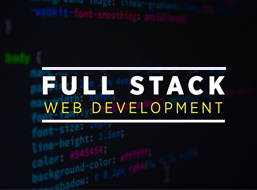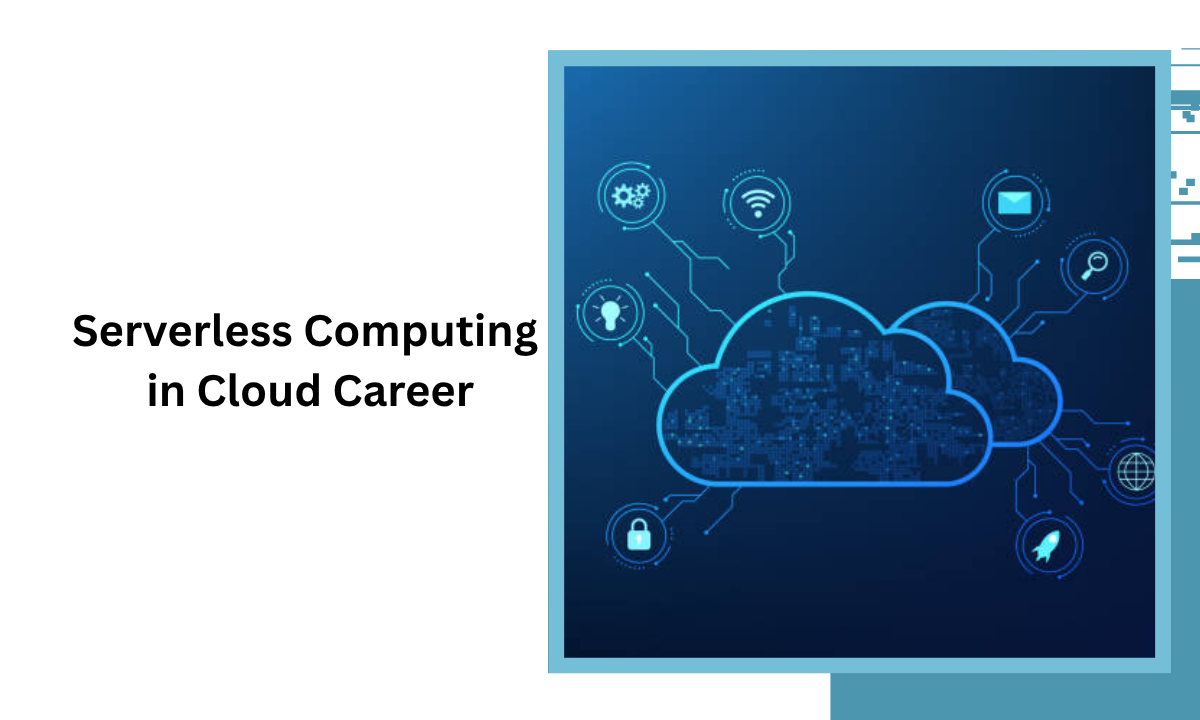Table of contents:
|
1. What Is Serverless Architecture & How It Works |
|
2. Why Serverless Architecture Benefits Cloud Careers |
|
3. The Demand for Serverless Roles |
|
4. Key Skills & Responsibilities of a Serverless Professional |
|
5. Realizing a Career in Serverless, Step by Step
|
|
6. How Training Plays a Critical Role, Especially in Bangalore |
|
7. Final thoughts |
|
8. FAQs |
When I teach at Apponix, I often begin by telling my students: serverless computing is not just a hot topic; it’s a paradigm that’s transforming how we build, deploy, and scale cloud applications.
In this new world, “infrastructure” becomes invisible, and developers and architects focus entirely on business logic. If you understand serverless computing in cloud computing, you position yourself for roles that are in high demand today and will only grow stronger tomorrow.
What Is Serverless Architecture & How It Works

The term serverless architecture meaning often confuses newcomers. In essence:
-
It’s a cloud model where you don’t manage or provision servers; the cloud provider handles them invisibly.
-
You write functions (or small modular units of code), and the provider runs them on demand (Function as a Service, or FaaS).
-
Billing is usage-based: you pay only for execution time, not idle capacity.
-
The provider auto-scales based on incoming events or triggers.
So when someone asks, “What is serverless architecture?” I explain precisely this in classes: how logic, events, and managed services all come together without having to think about servers.
Why Serverless Architecture Benefits Cloud Careers
From my perspective as a trainer, here’s why serverless is reshaping cloud career trajectories:
-
Faster time to market
Developers can deploy features quickly because they don’t need to provision VMs or handle scaling. This agility appeals to startups and enterprises alike. -
Cost efficiency & pay-per-use
Organizations spend less on infrastructure overhead and only pay when functions run, a compelling benefit in budget-sensitive cloud environments. -
Scalability & resilience built-in
The architecture adapts automatically to traffic spikes without manual intervention, making apps more robust. -
Reduced operational burden
Teams can focus more on architecture, performance, user experience, and business logic, and less on patching, OS upgrades, or server maintenance. -
Ecosystem and managed services leverage
You can integrate serverless with many managed services (like authentication, queues, and databases) seamlessly, creating powerful architectures faster.
These serverless architecture benefits are exactly what attract enterprises to adopt this model across their cloud stacks.
The Demand for Serverless Roles
In the current job market, serverless computing in AWS is among the most sought-after skills. Browse any cloud or DevOps job portal, and you’ll find roles explicitly requiring Lambda, API Gateway, or FaaS experience.
Some companies even call themselves “Serverless Guru” or “Serverless-first,” structuring entire consulting practices around designing cloud-native serverless solutions.
These roles often sit at the intersection of:
-
Backend/API developers
-
DevOps / Site Reliability Engineers
-
Integration and workflow automation experts
When you master serverless, you become a force multiplier in cloud teams.
Key Skills & Responsibilities of a Serverless Professional
Having guided many students into serverless careers at Apponix, here’s what I emphasize:
-
Design & architecture: knowing when and how to break down monoliths into functions, event-driven flows, or microservices.
-
Integrations & orchestration: connecting functions to triggers, queues, APIs, and cloud events.
-
Performance & cost optimization: minimizing cold starts, optimizing memory/timeout settings, and efficient usage of managed services.
-
Monitoring & observability: distributed tracing, logging, metrics, and debugging in a serverless context.
-
Security & IAM: least privilege, data encryption, identity setup.
-
Infrastructure as Code (IaC): codifying deployments using SAM, Serverless Framework, CloudFormation, or Terraform.
An empirical study that reviewed 141 industry job ads found that responsibilities spanned software development, operations, leadership, and business alignment.
Every one of these skills is something I teach hands-on in Apponix classes.
Realizing a Career in Serverless, Step by Step
1. Build a strong foundation in cloud computing
If you’re new, start with general cloud basics: networking, storage, and compute. Once you get that, serverless becomes a more natural layer.
2. Dive into serverless services in AWS
Since AWS Lambda leads the pack, I always guide students to explore Lambda and API Gateway, DynamoDB, Step Functions, and more, essential building blocks of serverless computing in AWS.
3. Build real projects
In our training, we encourage students to build microservices, chatbots, data pipelines or event-driven processing using serverless. This bridges theory to application.
4. Understand architectural patterns & trade-offs
Serverless isn’t a silver bullet. There are constraints (e.g., cold start, execution time limits, debugging complexity). You need to know when not to use serverless as well.
5. Keep evolving & specialize
You might specialize as a Serverless Architect, Serverless DevOps Engineer, or even focus on edge serverless. Continuous learning keeps you valuable.
How Training Plays a Critical Role, Especially in Bangalore
At Apponix, I’ve seen many learners struggle with the gap between theory and production-grade serverless systems. That’s why our cloud computing training course in Bangalore includes full modules on serverless architecture, hands-on labs, real deployments, cost simulations, and troubleshooting.
There are other institutes in Bangalore offering serverless or AWS-Lambda modules, for example, The Knowledge Academy’s AWS Lambda Training Course in Bangalore is among such offerings.
But what sets Apponix apart is the depth, support, and continued mentorship, because making serverless work in real-world applications requires experience, which we embed into our training.
Final thoughts
As a trainer at Apponix, I feel that serverless computing is no longer optional; it’s foundational to modern cloud architecture. If you position yourself with serverless skills, you’re not chasing fads; you’re aligning with an evolution in computing that’s here to stay.
By mastering serverless computing architecture, understanding serverless architecture benefits, and specializing in platforms like serverless computing in AWS, you open doors to many high-impact, high-value roles. And the right cloud computing training course in Bangalore can be your launchpad, bridging your enthusiasm with structured learning, mentorship, and real project experience.
If you join Apponix Training Institute in Bangalore, my commitment is to walk you through each layer, from writing your first function to designing scalable, fault-tolerant serverless systems. Together, we’ll chart your cloud career and help you seize the roles that define the future.
FAQs
Q1: What does serverless architecture meaning, in simplest terms?
It means you write business logic, and the cloud provider handles infrastructure, scaling, availability, and patching all automatically.
Q2: Is serverless good for all use cases?
Not always. It’s ideal for event-driven workloads, microservices, APIs, and automation. But for long-running heavy compute, containers or VMs may still be better.
Q3: Why is AWS so central to serverless roles?
Because AWS Lambda pioneered FaaS adoption. Many enterprises run hybrid systems or multi-cloud, but AWS remains a dominant platform for serverless.
Q4: How long would it take to become job-ready in serverless?
With focused learning and practice, 2–3 months can get you comfortable. To build advanced production-level skills, 6–9 months is common.
Q5: What career roles can I get after serverless training?
You could become a Serverless Architect, Cloud Developer, DevOps Engineer, Integration Engineer, or API specialist — all roles that are in demand globally.
Q6: Why train at Bangalore institutes like Apponix rather than just self-learning?
Structured mentorship, real project feedback, peer learning, and accountability make a huge difference. At Apponix, I personally help students overcome challenges that self-learners often face.
Let me know if you’d like to expand any section, add code snippets, or integrate Apponix’s specific offerings or links.




